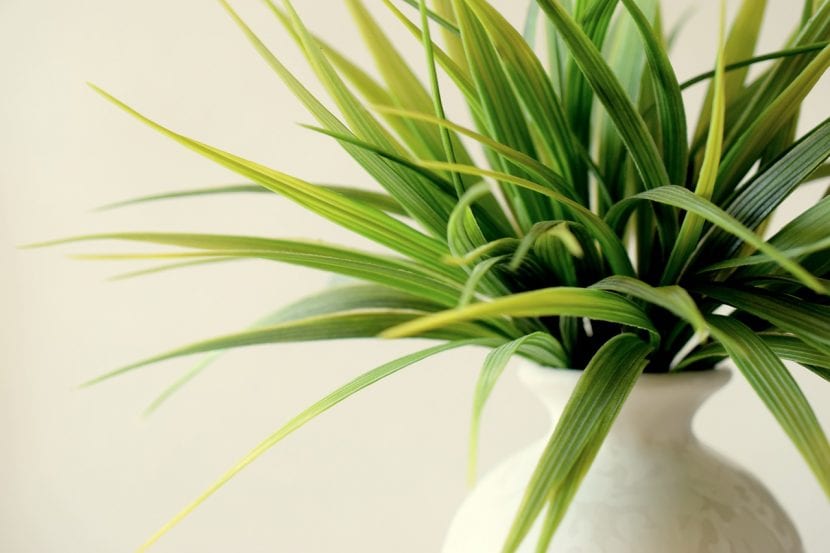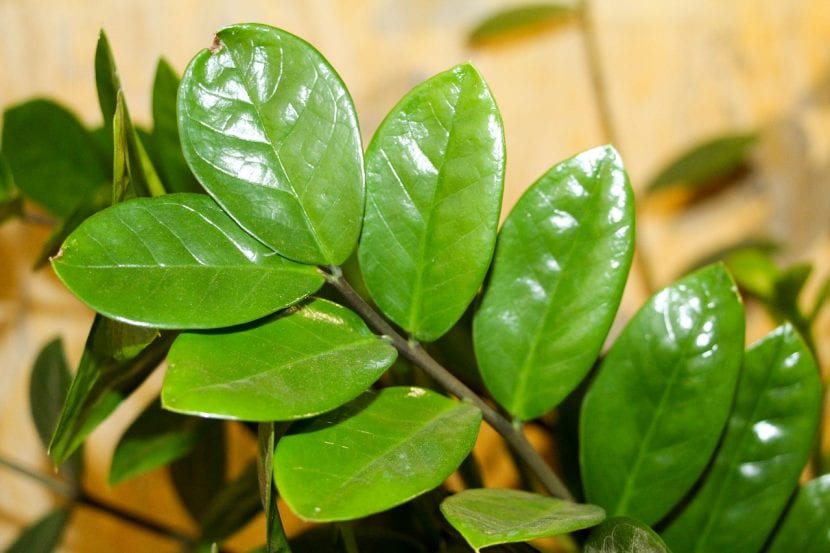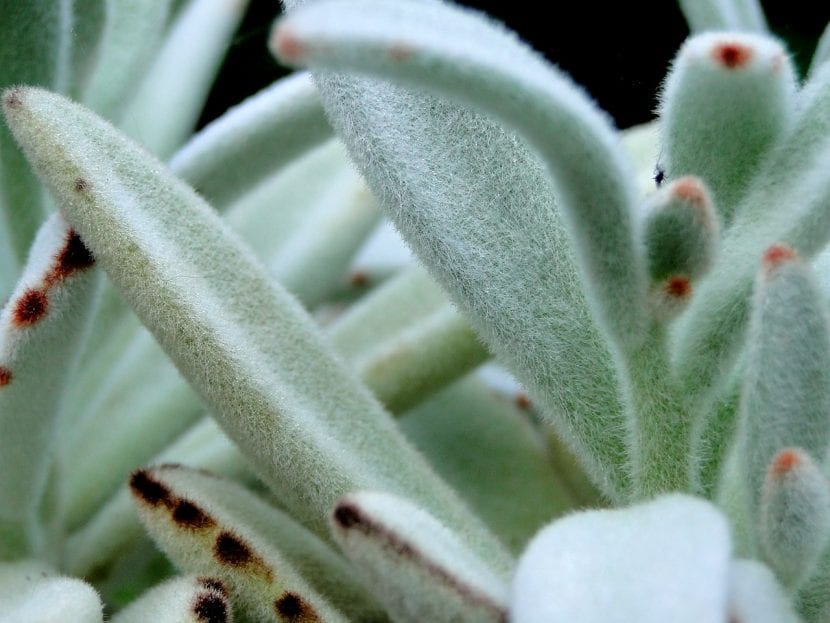
Home, green home. Aromatic flowers, leaves of different shapes dyed in very vivid colors. There are many plants that allow us to enjoy a piece of nature in our home, regardless of its size. And it is that today we can find many species that, due to their own characteristics, they are perfectly adapted to living in pots during all his life.
But to have them perfect it is necessary to know which are the most suitable growing conditions for them. Therefore, I am going to explain to you how to care for indoor plants.

Before we begin, let me make a brief clarification. There is no plant that is "indoor"; what happens is that They are plants that do not resist cold or frost, so it is convenient to have them inside the home so as not to lose them. But all, absolutely all of them, are from outside.
But of course, the conditions they have in the tropics, for example, are very different from those they have in Madrid or Granada. For this reason, it is important to know how they are cared for. Something that you are going to discover next.
Indoor plant care

- Location: so that they can grow well, it is convenient that they are in a room where a lot of natural light enters, especially if it is succulents (cacti and succulents), caudiciform plants such as Adenium obesum, flowers (whether lively, annual, or seasonal), trees and shrubs.
There are some, such as Calathea, orchids, aspidistra and hostas, which can be in somewhat darker corners, but when in doubt it is better to have them where there is good natural light. - Irrigation: the substrate must be allowed to dry between waterings. In general, it is recommended to water 2-3 times a week in summer, and every 7-10 days the rest of the year, but you should not be guided too much by this recommendation, since it will depend a lot on the type of plant it is, the type of substrate and the climate itself. The most advisable thing is to insert a thin wooden stick to the bottom and see if when you remove it it comes out with a lot of adhering soil, which will indicate that it is very wet and that therefore it is not necessary to water, or, if it comes out practically clean, it will be an indicator that the plant needs water.
After watering you have to wait about 30 minutes and then remove the water that has remained in the dish. - Subscriber: During spring and summer, the plants must be fertilized with specific fertilizers for indoor plants or with liquid organic fertilizers, such as guano. For orchids, use a fertilizer prepared specifically for these plants.
- Substratum: it will depend on the plant, but it must have good drainage. A good mix is black peat and 50% perlite, adding a first layer of volcanic clay inside the pot. But if it is about orchids you have to use pine bark, and if they are carnivorous you should use blond peat mixed with perlite in equal parts.
- Pruning: to avoid problems, the flowers and withered leaves must be removed.
- Transplant: every 1-2 years, in spring.
- Cleaning: the leaves must be cleaned from time to time -except if they are succulent and / or carnivorous plants, which will be better to brush them with a small brush- with a cloth moistened with water (distilled or rain), or with milk.
5 easy-to-care indoor plants
To finish, here is a video in which we show you five beautiful plants with which you can decorate your home:
And with these tips, I hope your indoor plants can grow strong and healthy.
HELLO I LOVE PLANTS AND I SUFFER WHEN THEY DIE TO ME THAT'S WHY I'M INVESTIGATING ABOUT IT SINCE I JUST STARTED IN HOW BEAUTIFUL THEY ARE FOR ME AND IN WHAT THEY ARE UNDERTAKING IN MY LIFE GREETINGS
Hello Sandra.
If I understand you. When they are bad, we immediately worry, and when they are good… we enjoy them very much.
If you have any questions, ask everything you need.
Greetings and thanks for commenting 🙂.
Hello Monica, greetings from Bucaramanga Colombia, grateful to you for your shared knowledge, thank you very much.
My question is about how to nourish the bamboo that I have in a vase with water and how to control the mosquito larvae without affecting the plant, it is that I have seen that when washing them and changing the water so frequently the weak roots come off. Thank you.
Carlos Aristizaval.
Hi carlos.
Thanks for your words 🙂.
By mosquitoes, do you mean mosquitoes? Bamboo is a very hardy plant. If its roots are handled with care, even if some break, nothing will happen to it.
However, if you mean mosquitoes, these can be controlled with citronella essential oil, diluting 7-10 drops in water.
And the plant can thus be fertilized normally with liquid fertilizers.
A greeting.
Hello, Monica, will the thyme have another name ?. I am Venezuelan
Hello Maria.
In principle I would say no, but I cannot assure you because it is very common for the same plant to be called in several different ways depending on the country, and even according to the region. That is why the scientific name is so important, because it is the same throughout the world. The one with the thyme is Thymus. Here you have his token.
Regards!